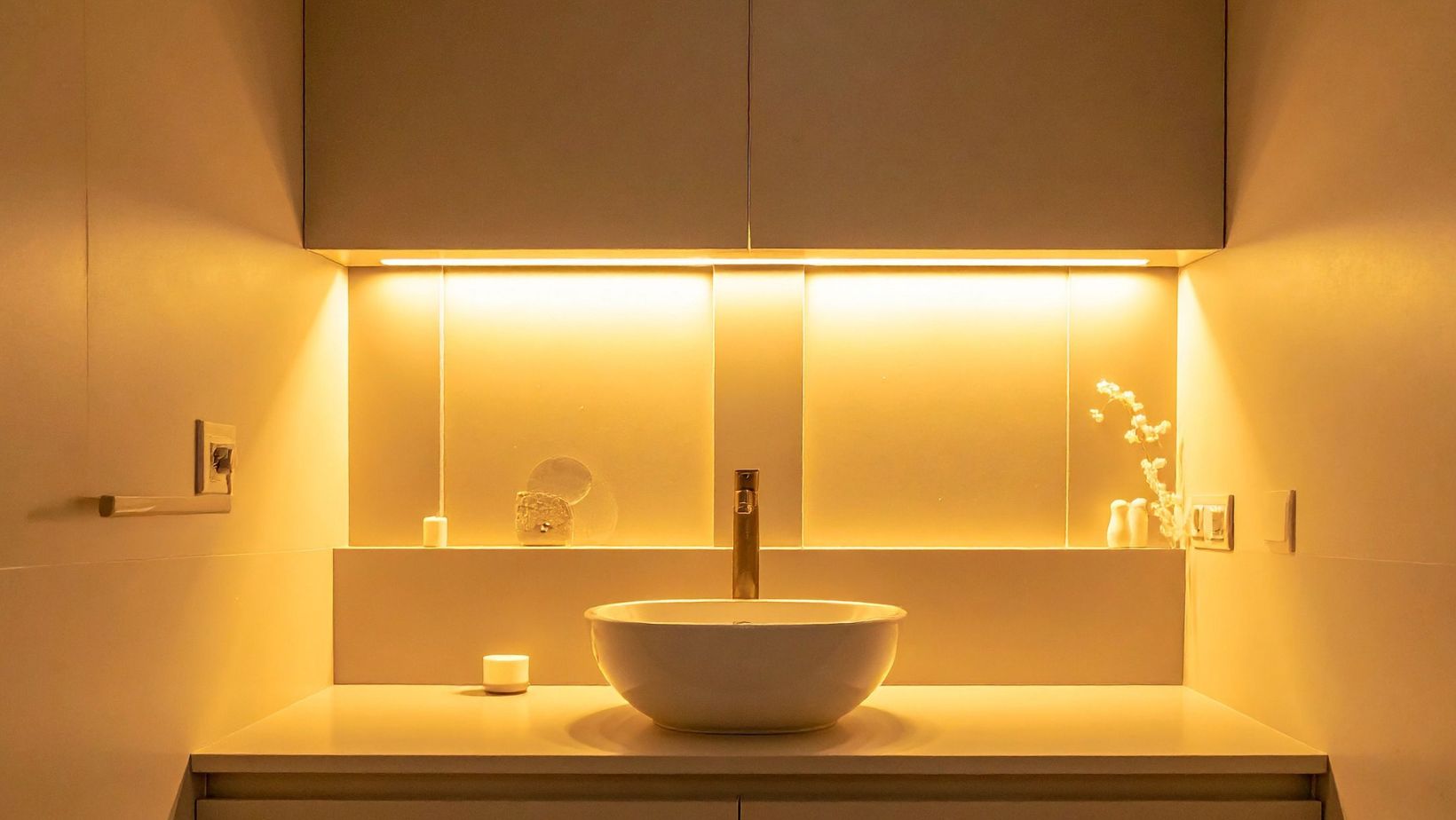Lighting has never been simply a utility. It sets a mood, creates an atmosphere, and often becomes the focal point in any room. The approach to lighting has gradually moved away from elaborate, ornate fixtures and toward a newer style that highlights simplicity and elegance. Luxury and minimalism are crashing into one another today, and the result is a trend that’s appealing to designers and homeowners alike.
Where Minimalism Meets Luxury
Luxury and minimalism would appear to be polar opposites on the surface. Luxury, by its own long history, has signaled abundance and grandeur, while minimalism is about restraint and simplicity. And yet they can coexist in peaceful accord if merged intelligently. The new luxury lighting trend talks of refined simplicity without decoration but with impact.
This evolution can be observed at home, in restaurants, hotels, and even in the workplace. Instead of grand ornaments, focus is put on sculptural shapes, refined materials, and understated finishes. Designer chandeliers, which were once renowned for dramatic flourishes, are now adopting sleek profiles that bring sophistication without extravagance. The issue is no longer how much ornamentation can be added, but how little will make a difference.
The Materials Setting the Trend
Materials of minimalist luxury lighting bring restraint to the forefront. Every item is chosen for appearance and functionality. Some of the most impactful materials setting the look are:
Brushed metals such as brass, bronze, and nickel provide warmth and depth
- Crystal accents in unostentatious designs rather than flashy display
- Smoked or frosted glass refracting light into a warm, inviting glow
- Matte finishes avoiding glare and prioritizing form over sheen.
- Materials with ecological badges, like sustainably harvested wood or repurposed metal
By highlighting texture and finish, designers ensure that a spare fixture feels luxurious. The materials themselves convey a sense of luxury, proving that minimality needn’t be at the expense of richness.
Sculptural Lighting as Functional Art
One of the most striking points about this trend is form consciousness. Luxurious minimalist lighting is much akin to art, and light is a sculptural function. Straight lines, proportional proportions, and geometric forms all blend together to create lights that make a room appear beautiful even when not even lit.
This sculptural approach blurs the line between ornament and function. Curved, flowing pendant or minimalist horizontal bar chandelier can redirect a space in subtle but effective language. These lamps are statements and functional necessities in one, emitting light while defining a room’s visual presence.
How Technology Affects Design
Thin technological innovation has also been a strong driving force behind this trend. LED development, for example, allows for thinner profiles and more innovative designs. LEDs, in contrast to conventional bulbs, emit less heat and can be quite easily integrated into thin frames.
The flexibility enables designers to go beyond without compromising fixtures to appear less slim. Thin bars, flat plates, or ring shapes are all possible without any compromise on performance. Apart from this, LEDs also provide energy efficiency, along with the necessity of eco-luxury. High technology allows for low lighting to be progressive in look without compromising the functional requirements of contemporary interiors.
The Rise of Customization
Another reason why minimalist luxury lighting has gained such popularity is the advent of customization. Homeowners and designers these days look for fixtures that reflect one-of-a-kind tastes and add special character to specific interiors. Minimalist designs are a versatile source for personalization.
Modular systems, scale adjustments, and customizable finishes allow lighting to be responsive to varying environments. For example, a sculptural pendant is proportionately scaled for a hotel lobby or downscaled for a dining area. Individualization keeps the design language intact and makes each space feel one-of-a-kind.
Why Minimalist Lighting Feels Luxurious
What is luxurious in minimalism is attention to detail. Each line, finish, and angle is considered with care. There is no room for wastage, which lends greater importance to quality craftsmanship. Luxury here is not the quantity; it is the quality.
Confidence in leaving out details is sophistication. An elegantly lit space composed of a simple, understated piece shows concern and sophistication. This luxury is modern in that it avoids showiness but has a sense of appreciation for craftsmanship and beauty.
Spaces Transformed by Minimalist Luxury
Minimalist lighting has proven itself versatile for numerous types of spaces. Within the home, it makes living rooms expansive and peaceful, and adds dining spaces with a focal point without overloading. Within the hospitality industry, it creates ambiance within boutique hotels and high-end dining spaces.
Even the business office benefits, as clean lines and soft light create a space that engages focus without interruption. This crossover strengthens the basis of why the trend has staying power. In partnering with a variety of aesthetics, ranging from sleek industrial lofts to refined classical apartments, minimalist luxury lighting never crosses design boundaries.
The unexpected trend of minimalist luxury lighting is redefining how spaces are lit and experienced. It respects restraint, prioritizes craftsmanship, and marries state-of-the-art technology with age-old design principles. Rather than dominating interiors, designer chandeliers enhance them with subtle sophistication. To some who have previously associated grandeur with excess, the transformation will be surprising. But truly, the luxury of the time is one of unassuming elegance, where every detail communicates. Designer fixtures do the same now, showing that sophistication is able to shine brightest when practiced in restraint.





